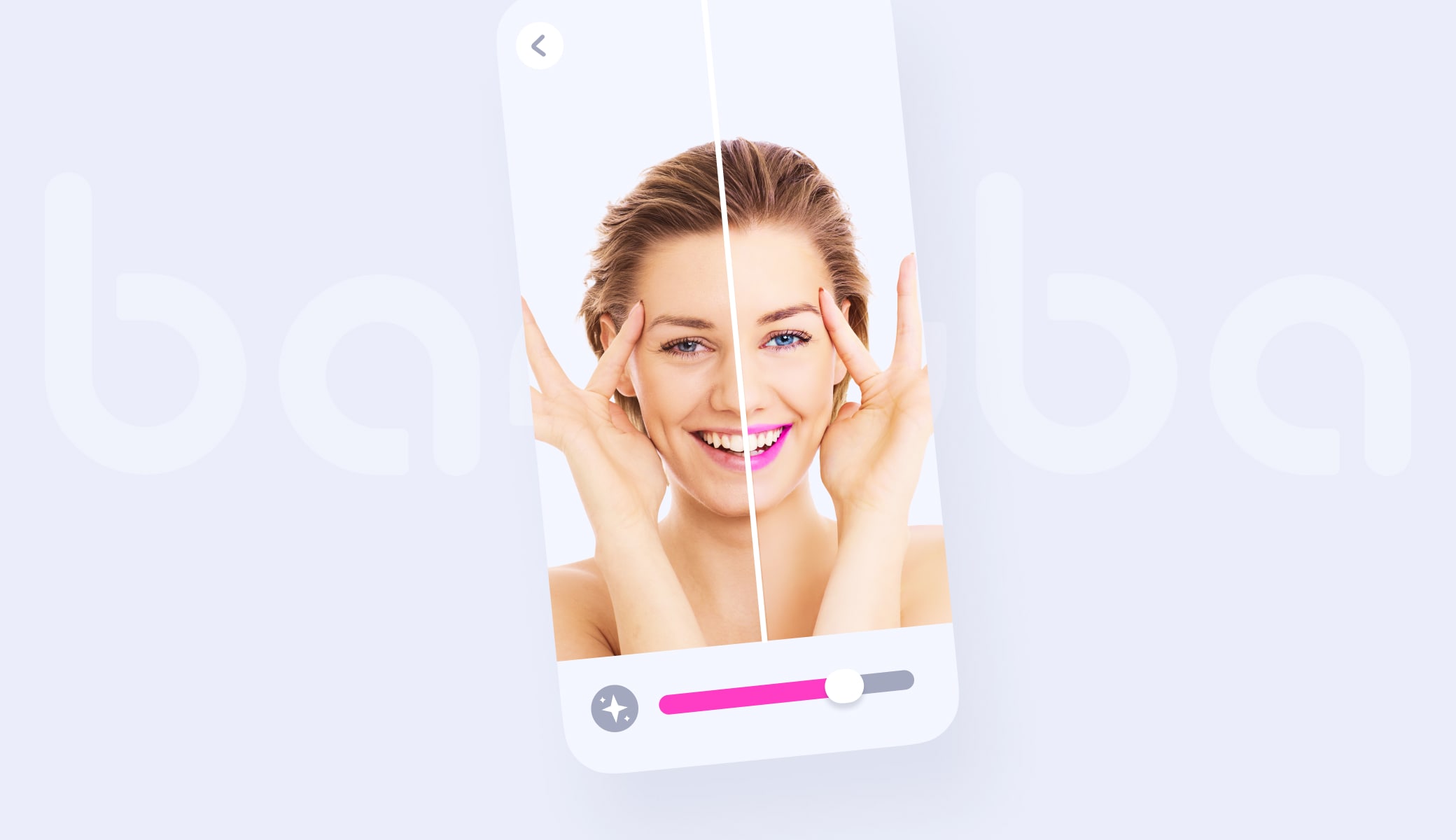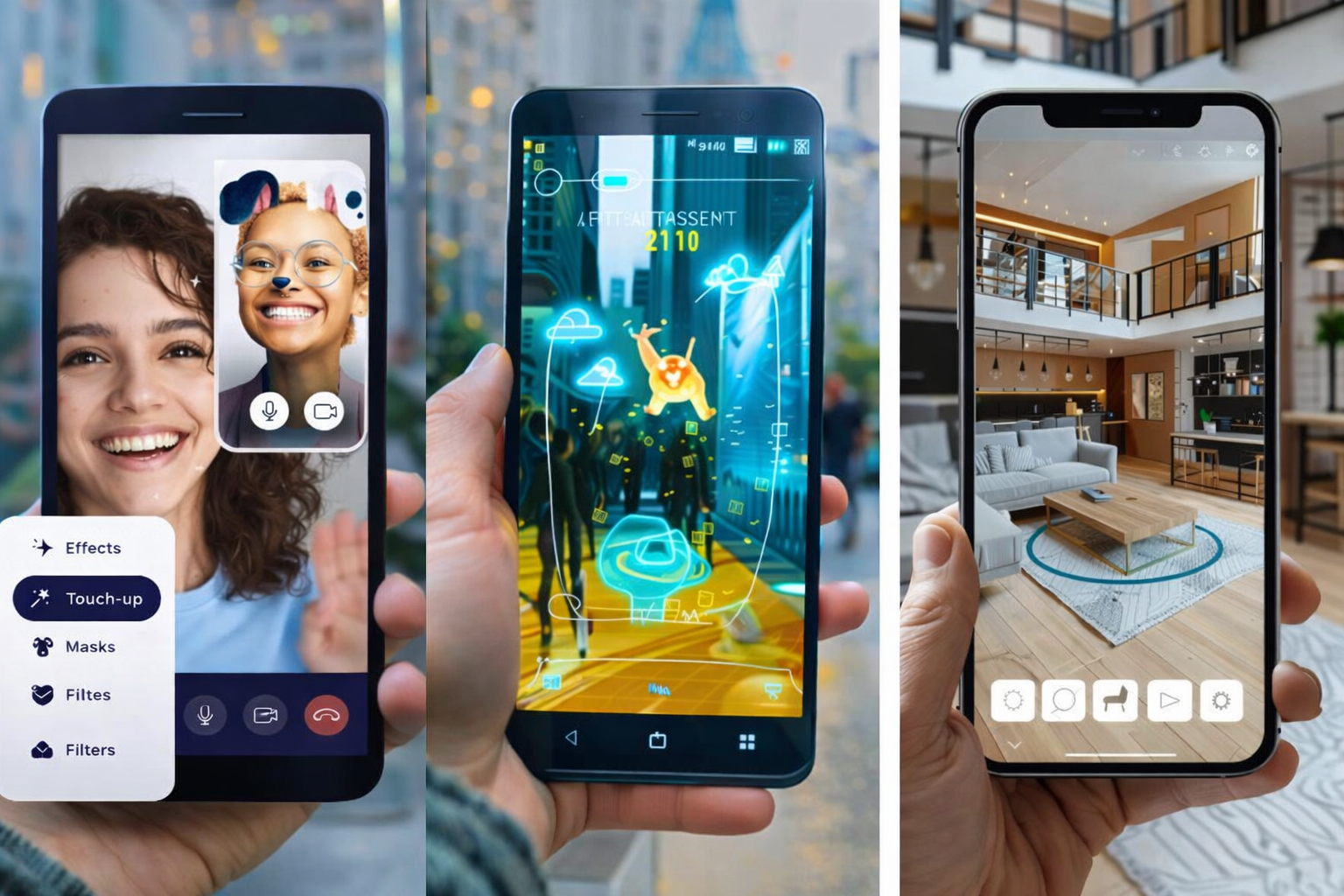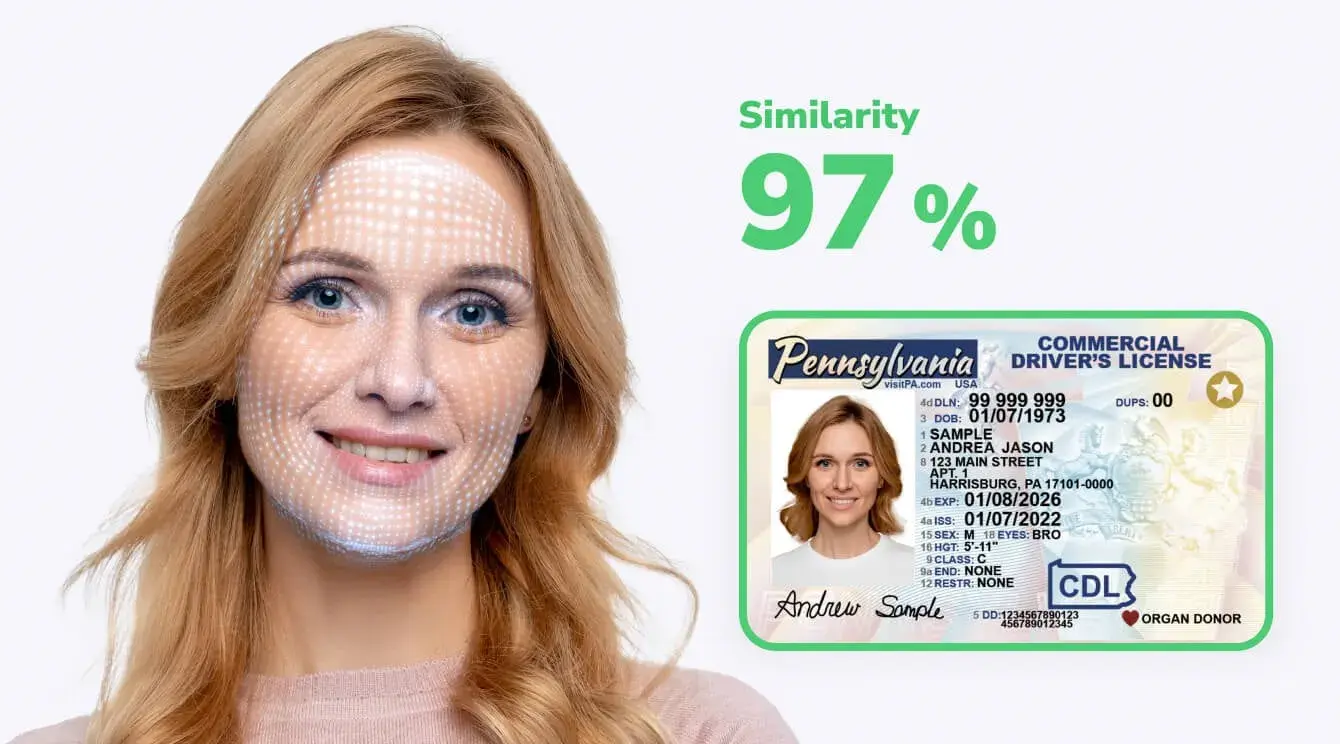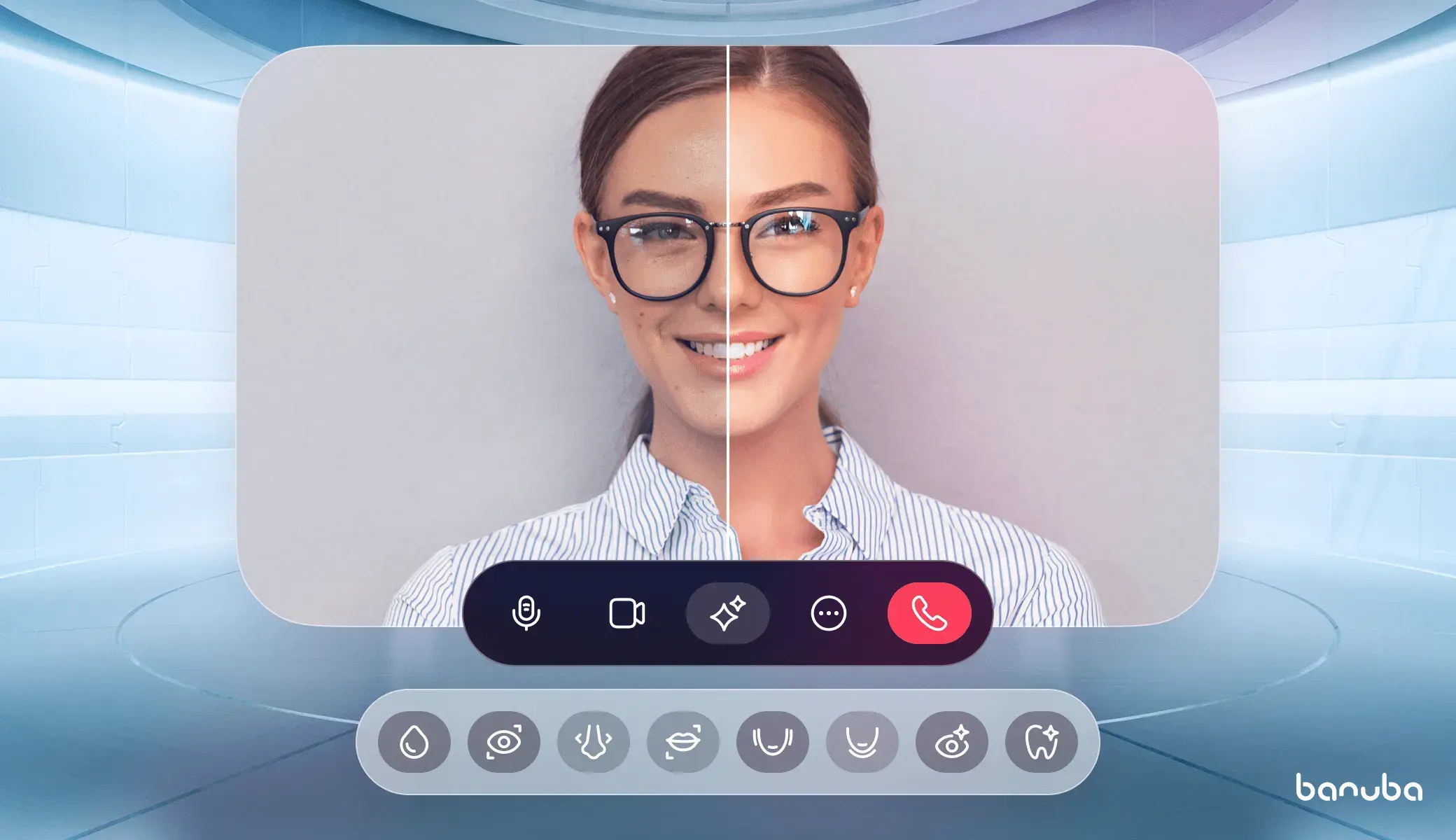TikTok Bold Glamour Filter — Unrealistic Reality and Risks
It started innocently enough in 2017: a few dog ears here, a flower crown there. But in 2023, filters had entered a new era with TikTok’s Bold Glamour—a hyper-realistic, AI-powered effect that could redefine anyone’s face in seconds. The filter went viral almost instantly, showing up in over 91 million videos within months of its launch. While total 2025 figures are unavailable, a large portion of these videos likely continue to be viewed on the platform, alongside other beauty filters.
Still, not everyone’s celebrating. Psychologists warn it can warp how people see themselves; privacy advocates worry about the data behind those flawless faces. Bold Glamour is both a marvel of design and a quiet sign of unease. It's proof that technology’s definition of beauty might soon replace our own.
What's the big deal about this innovation, and why are TikTok users so concerned about it? Let's explore this controversial beauty filter and see what risks and harms a simple filter can cause to the beauty industry and society.

[navigation]
TL;DR:
- The Bold Glamour filter uses AI to realistically reconstruct facial features and make a person's looks flawless;
- Traditional beauty filters use AI to detect facial features and then adjust them or eliminate imperfections (e.g. skin blemishes);
- The Bold Glamour filter reconstructs the users' faces pixel-by-pixel based on the massive dataset of attractive faces;
- People and organizations are concerned about the privacy risks, psychological changes, and false expectations that the Bold Glamour filter can bring.
General Overview
The Bold Glamour filter is one of TikTok’s most advanced AI-driven beauty filters, capable of transforming a person’s face into an almost flawless version of themselves. Unlike earlier AR effects that simply overlaid digital elements, Bold Glamour uses artificial intelligence and machine learning to analyze facial features and reconstruct them in real time with hyper-realistic precision. This makes it nearly impossible to tell whether a filter is applied.
Artificial Intelligence in Beauty Filters
There's hardly a person with a phone and camera who hasn't tried a beauty filter at least once on Instagram, TikTok, or Snapchat. We have all played fools experimenting with various hairstyles, changing eye color, trying on inject-less lip augmentation, or placing freckles on our cheeks. However, most people don't give a thought to how this functions and what technology hides behind it.
The first beauty filter appeared back in 2015, introduced by Snapchat. It was AR-based and became a real life-changer, leading to a mainstream hysteria of dog ears, a sticking tongue, and glamified beauty filters that enhanced people's appearance. Later, artificial intelligence joined the club, taking the filters to the next level. But what's hiding behind the extravagant looks we try on online?
AI-powered beauty filters utilize computer vision algorithms and machine learning techniques to detect and analyze facial features in real-time video or images. The AI algorithm identifies and locates the face within an image or video frame. It uses computer vision techniques to detect facial landmarks such as eyes, nose, mouth, and facial contours.
Once the face is detected, the algorithm analyzes various facial attributes like skin texture, color, symmetry, and facial proportions. It may also assess factors like age, gender, and emotion. Based on the analysis, the AI algorithm applies a series of modifications and enhancements to specific facial features. It all depends on what a filter is programmed to alter. These modifications can include smoothing the skin, removing blemishes, adjusting skin tone, brightening the eyes, enlarging or reshaping facial features, and adding cosmetic effects like blush, lipstick, or eyeshadow.
Back in 2015-2018, it took a filter some time to process and apply the programmed effect on images and videos. Modern filters allow users to enjoy the enhanced look instantaneously while recording a video or taking a selfie.
AI beauty filters often rely on machine learning models that have been trained on vast datasets of labeled images. These datasets may contain examples of various facial features, styles, and beauty enhancements. The algorithm learns from this training data to recognize and generate realistic modifications based on the desired beauty effects.
It's important to note that AI-powered filters can vary in complexity and functionality across different platforms and applications. Some filters may offer a range of customization options, allowing users to choose the intensity of specific enhancements or select different styles.
In addition to renowned social media apps with filters and masks, there are applications only with editing features and services providing AR and AI functions to existing websites and apps. For example, the Beauty AR SDK by Banuba offers various off-the-shelf beautification features like Skin Smoothing, Eye Bag Removal, Neck Smoothing, or Acne Removal.
Bold Glamour AI Filter — How Does It Work?
The Bold Glamour filter made a lot of noise on the Internet with its perfect overlaying and the impossibility of identifying whether it's on or not. The thing is that the filter doesn't glitch like its counterparts. It stays on your face even if you pull your cheeks, close your eye with your hand, or some hair gets into your forehead. It stays there like glue. It seems that nothing can scare it off your face. It causes trouble identifying whether there is a filter or #IWakeUpLikeThis. The majority of videos on the platform are basically a critical reaction where TikTok users can't recognize themselves and can't tell whether they are being lied to regarding the other person's appearance. So, why does a simple beautifying filter cause such a wave of indignation? And what makes it glued to your skin?
So, what exactly distinguishes Bold Glamour filter algorithms from their artificial intelligence-based counterparts? First of all, it was not developed by any enthusiast and uploaded to the general library. It was actually created by TikTok's team. Just like with other models, the developers from ByteDance (who created this masterpiece) fed the neural network with a database that stores millions (or maybe more, who knows?) of faces.
Thus, when you expose your face to the Bold Glamour filter, it analyzes it, runs to its database, and looks for matching options to create a new, perfect face, pixel by pixel. Is it still you? It's hard to say, but it's definitely better than you have ever looked.
In order to learn and enhance its capabilities, the algorithm of the Bold Glamour captures users' images to enrich its database and provide an even more precise but, at the same time, subtle look that can't be distinguished from reality.
Luke Hurd, an augmented reality consultant who worked on creating filters and masks for Instagram and Snapchat, couldn't help but comment on the new feature. He explained in his TikTok videos that the filter leverages machine learning to grasp the camera's images or videos to enhance them in reality. In old-school filters, a 3D mesh is placed on the 2D camera feed.
The Bold Glamour filter, however, uses the generative adversarial network (GAN). It’s a form of machine learning that reconstructs the user’s face pixel by pixel in real time. This allows the filter to stay perfectly aligned even when the user moves, covers part of their face, or changes lighting.
The Bold Glamour filter appears more convincing and aggressive on female TikTok users. It identifies the gender and applies certain programmed attributes. It's a Facetuned version of a woman with a slimmer face, fuller lips, stronger eyebrows, and everything "better" and beautified. No signs of fatigue, blemishes, dark circles, or wrinkles.
While this filter on TikTok caused so much noise, alternative filters from other manufacturers are of equal quality and accuracy to the acclaimed Bold Glamour filter. Thus, companies can easily add the Banuba AR to their website or app and enjoy the same effects or even better.
What It Changes
Bold Glamour is like a live Facetune for TikTok. It uses AI to turn your face into a “supermodel” version of itself:
- Skin? Totally smooth, blemishes gone.
- Cheeks? Lifted and sculpted.
- Nose and jawline? Slimmed and defined.
- Eyebrows? Darker, thicker, perfectly arched.
- Eyes? Lifted corners, maybe a touch bigger.
- Lips? Plump, symmetrical, with that perfect cupid’s bow.
And the magic sticks. Blink, turn, smile, and your AI-perfect face moves with you, flawless and totally filter-driven.
Why It’s Controversial
So why are so many TikTok users concerned about the new filter? As a matter of fact, there are several reasons that were noticed by security specialists, therapists, and even plastic surgeons.
Unrealistic Beauty Standards
According to analytics from the Body Image, women who spend time on Facebook feel more concerned about their appearance, constantly comparing themselves to other users. Additionally, the Wall Street Journal posted in 2021 that 1 in 3 teen girls felt bad about their bodies and had higher anxiety levels and severe depression. Another study on the influence of filters showed that as many as 90% of people edit their photos or use filters, while 94% feel the pressure to look a certain way. And, as if this was not enough, now we have to compare ourselves to the perfect version of ourselves on TikTok created by AI.
The image it generates and provides to a user can lead to unrealistic beauty standards. We are falsely made to believe that everyone must look as if they had just stepped out from the perfect hair and makeup stylist, having never struggled with a pimple before. Baby, I was born this way!
But an average woman must be aware that, in reality, even Hailey Bieber and Bella Hadid have imperfections. Filters like this change this vision. The twisted self-perception makes people feel worse and ugly, rushing to comfort the new, expected, unrealistic beauty standards.
Security and Privacy Issues
As we have previously mentioned, Bold Glamour keeps every user's image as a souvenir of their interaction. With the advance of DeepFace and facial recognition technologies in fraud and governmental services, it's hard to predict where your photo might be used or where you might see your face. Have you watched the first episode of the new Black Mirror season? Well, surprise, surprise! TikTok users also accept the company's policy when they download the app. Have you even read what you give access to and agreed to?
In addition to your face, the app will also have access to your age, gender, and other demographic data (read by artificial intelligence from your photo or video), which can be shared with anyone for targeting or advertising purposes.
Moreover, the governments of Canada and the United States have forced government employees to delete TikTok from their devices. At least 28 states in the United States have banned TikTok on government-owned devices. This is due to uncertain risks that the app may pose to sensitive data, as well as possible surveillance.
Alternative services and companies typically don't collect users' data in their database or cloud. For example, tools like TINT or Beauty AR SDK grant access to the browser, and all the data a user shares stays in the browser. You can just clear the cache, and no track will be left.
Mental Health Damage
The Bold Glamour can begin the grounds for global body dysmorphia, leading to Body Dysmorphic Disorder. People with this condition see themselves with flaws and focus on them, trying to change their appearances. For others, these flaws may not be noticeable at all. This is not surprising because Bold Glamour highlights those invisible imperfections even more.
The Bold Glamour can also make people with low self-esteem feel worse. According to the latest research in neuroscience, there is a process called predictive processing. It implies that our brain can predict how the situation develops and occurs. This is how it gets a sense of our life and the world around us—thus, when we can predict how we will look in the mirror and how others see us. However, with the Bold Glamour, the prediction process is ruined. This filter doesn't show us the image our brain anticipated to see. In the long term, it can lead to serious mental health issues.
Thus, our perception of ourselves in reality shifts, and we begin to look for confirmation of this. For some people, this can be the constant use of filters and not perceiving themselves without them. For others, it's an attempt to recreate their filtered Bold Glamour self offline.
It is interesting that people used to come to plastic surgeons with photos of celebrities, and now they will no longer be examples of perfect lips or noses for them. They will visit doctors and turn on Bold Glamour in TikTok to show an unrealistic version of themselves that needs to be validated.
False Expectations
The Bold Glamour can forever change the way people feel about and trust people online. The way it blends in and sticks to the face raises doubts about a person's look. Thus, it can lead to more deceptions in all spheres of life - from edited images on Tinder to filtered live videos during calls.
Remember the fuss when the first AI-generated blogger appeared on Instagram? It was wild and demonstrated how technology can create a perfect face, body, i.e., person. The technology created an artificial influencer with thousands of followers. However, people were aware that the content published on that Instagram account was not real. With the Bold Glamour, it becomes nearly impossible to identify whether this filter on TikTok is applied to anyone's face if you haven't seen a person before.
Imagine arranging a date on Tinder with a beautiful woman or man, setting high expectations about your possible relations, and then meeting a total stranger in reality. The reaction will not take long. People don't want to date Bold Glamour.
It's hard to predict the outcome of technology development and its influence on society in the long-term run. However, it's clear that people's vision of their beauty is shifting, and the industry will have to adapt to new standards and challenges. Both psychological and security-related.




